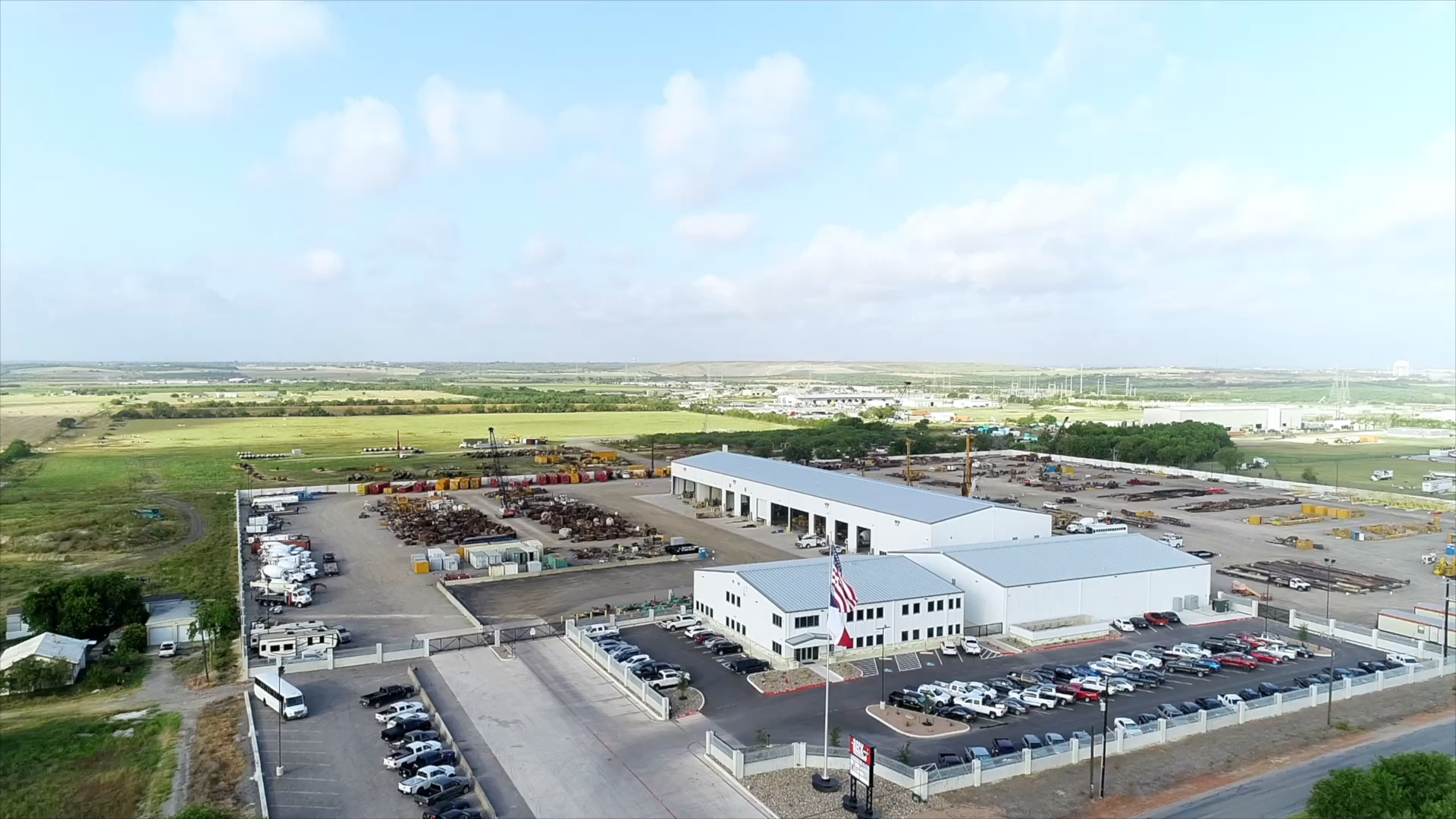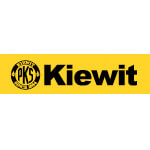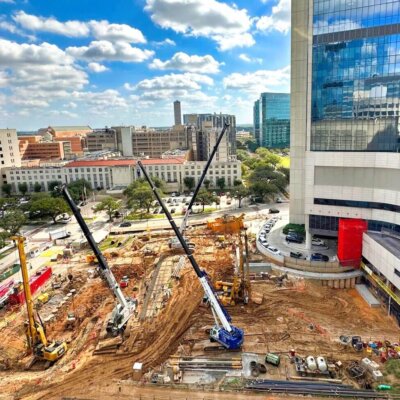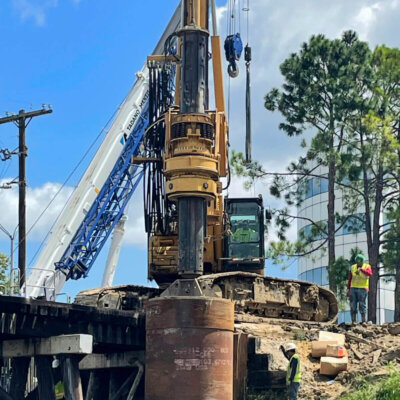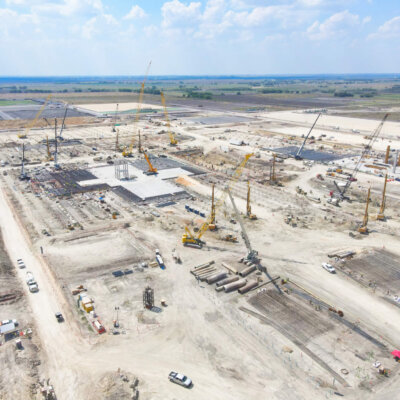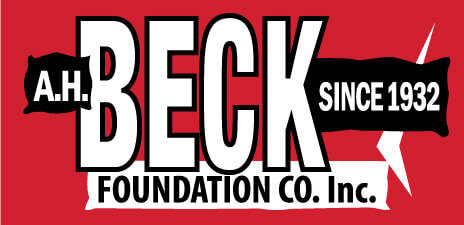Building on Experience.
Driven by Innovation.
We deliver reliable, innovative, and cost-effective deep foundation solutions for your critical commercial and infrastructure projects.
Work with Us
Work with Us
Optimal Efficiency, Unmatched Expertise, and Proven Success
We bring our wealth of experience, innovative and collaborative solutions, as well as our uncompromising commitment to safety to each and every project we take on to ensure your project is delivered on time, on budget, and to the highest quality standards.
Utilize our advanced techniques
Leverage our extensive, field-tested experience
collaborate with top-tier geotechnical engineers
Partial client list

Proud members of
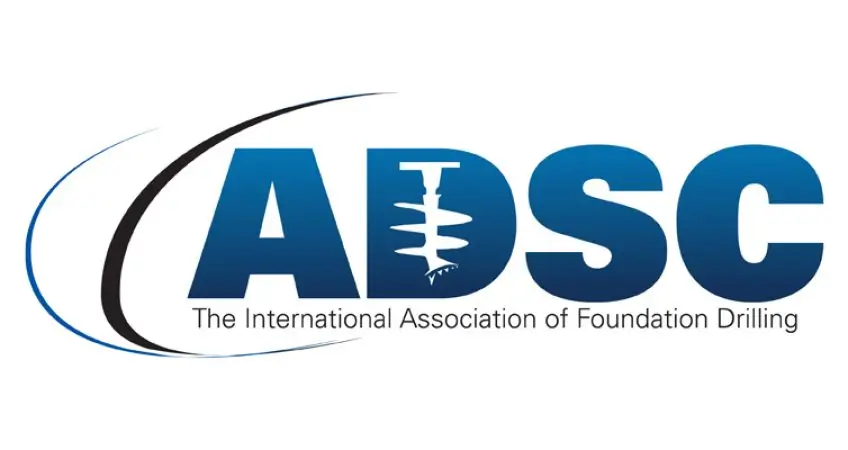




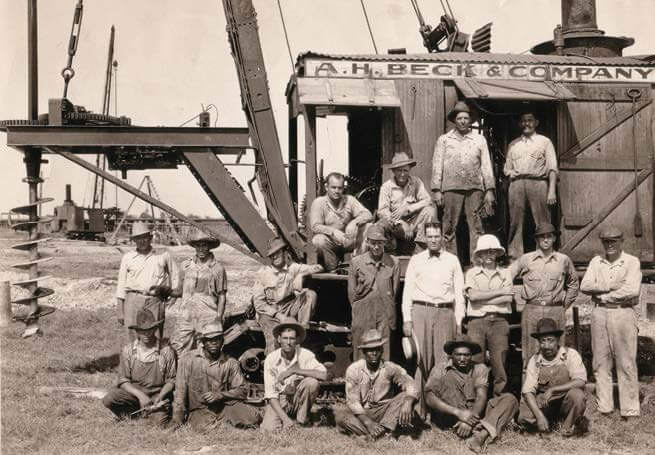
About Us
Pioneering Deep Foundation Solutions since 1932
A.H. Beck Foundation Company is a specialty deep foundation, ground improvement and earth retention contractor that has been in business since 1932. The company’s heritage includes the ultimate pioneering effort of helping start the drilled shaft foundation industry in the United States.
